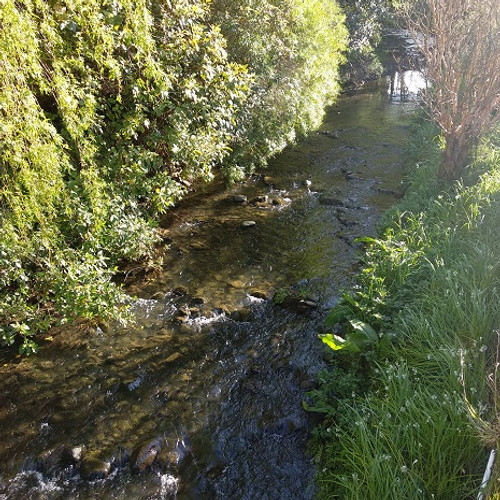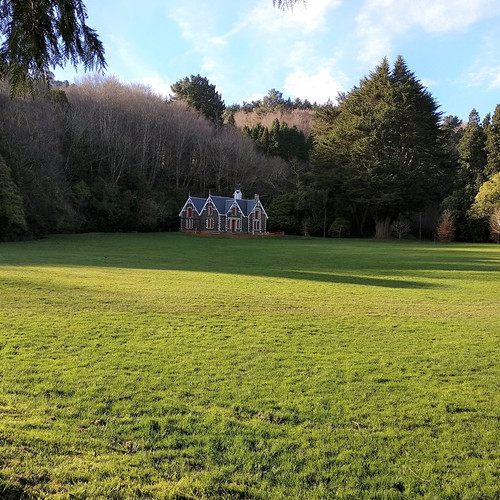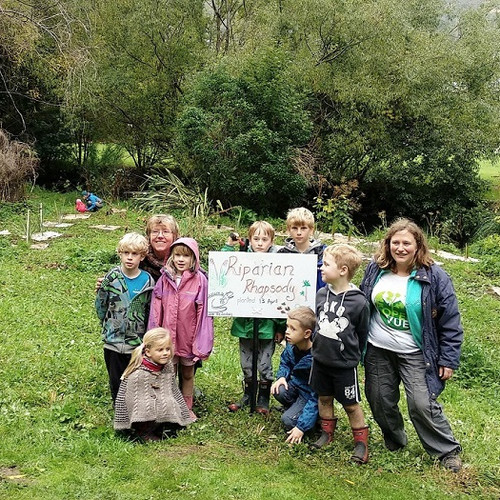Notable Trees of North East Valley
North East Valley and the surrounding suburbs are some of my favourite places to be in Dunedin. One of the reasons being the closeness to nature - I love stopping by the creek on my morning walk and watching the water rush by or seeing some birds feeding in a nearby tree. There’s a few trees in particular that I like to look out for on these walks too! The iNaturalist app has been super handy to help me identify and keep track of them all! Or for the child-friendly version, try Seek.
Right next to the road at the entrance to Baldwin Street are some magnificent tī kōuka (cabbage trees, Cordyline australis) - having been adorned with yarn bombing, these trees cannot be missed! The Māori name, tī kōuka means to withstand wind. Cabbage trees are also known as tī kāuka, meaning to withstand fire. While the dead, fallen leaves make excellent kindling for the fire, the trunks are fire resistant! Māori used cabbage trees for yummy food - the roots were cooked in special underground ovens called umu tī into a kind of sugar cane.
Walking up Baldwin street, every wanderer is rewarded with a fantastic view into the Valley. Across North Road, is another beautiful tree - a Kōtukutuku (tree fuchsia, Fuchsia excorticata) - right next to the footpath, growing on the bank of Lindsay Creek. Tūi, korimako (bellbirds), kererū and tauhou (silvereyes) are the main pollinators of kōtukutuku - the birds get their heads covered in the distinctive purple pollen when feeding on the nectar produced by flowers.
Within Chingford Park, there are many large and wonderful trees, some planted by the owners when it was once an estate, and some likely planted by birds or other species in droppings or blown by on the wind. One particular tree grows near the stables - a rather bushy tarata (lemonwood, Pittosporum eugenioides). It should be producing seed soon, like many plants at this time of year. The scientific name of the genus, Pittosporum means pitch (pitto-) seed (-sporum), as the seeds are black (like pitch) and sticky. They stick to the beaks and feathers of birds and will eventually fall off to land on the ground and hopefully germinate.
Further down the Valley, just before you reach the Valley Community Workspace on Allen Street, there is a small ngutukākā (kākābeak). The beautiful red flowers are shaped like the beak of the kākā bird, hence the name! Ngutukākā are critically endangered in the wild, so if you see any in the wild when tramping through the bush - report it to DOC.
We would be so interested in knowing about any of your own favourite trees in NEV and the surrounding suburbs, so let us know by uploading them to iNaturalist, sharing on our facebook group (facebook.com/groups/openvue) or send them in via email - openvue@northeastvalley.org.




